In the most comprehensive assessment of its kind, the United Nations (UN) paints a bleak picture, describing a future in which 1 million plant and animal species are at risk of extinction — unless we make transformative changes now.
The report states that in all corners of the globe, the health of our ecosystems — our forests, other natural lands, waterways, and oceans — is deteriorating faster than ever. We depend on these vital ecosystems for clean water, air, and nourishment, as do plants and animals the world over. Our natural lands and waters sustain and inspire us. And yet, while our well-being is directly linked to the health of the world around us, we have degraded our natural lands to a perilous degree.
This warning from the UN provides a horrifying vision of our own future if we do nothing to change the way we live in the world. We have all seen the impacts of the changes in the Earth’s natural systems in our own daily lives, whether it’s the increasing intensity of fires and storms or, for those with a keen eye, declines in native species within our own communities such as critical pollinators, fish, and many others.
This report pulls the veil back on the severity of the projected decline in biodiversity and the catastrophic consequence of doing nothing about it. In its warning, we have all the justification we need to take meaningful steps to stop the further degradation of our natural systems and begin to repair the damage of the past. A critical place to start? We argue that our redwood forests here in California offer a solution.
The Report and the Redwood Forests
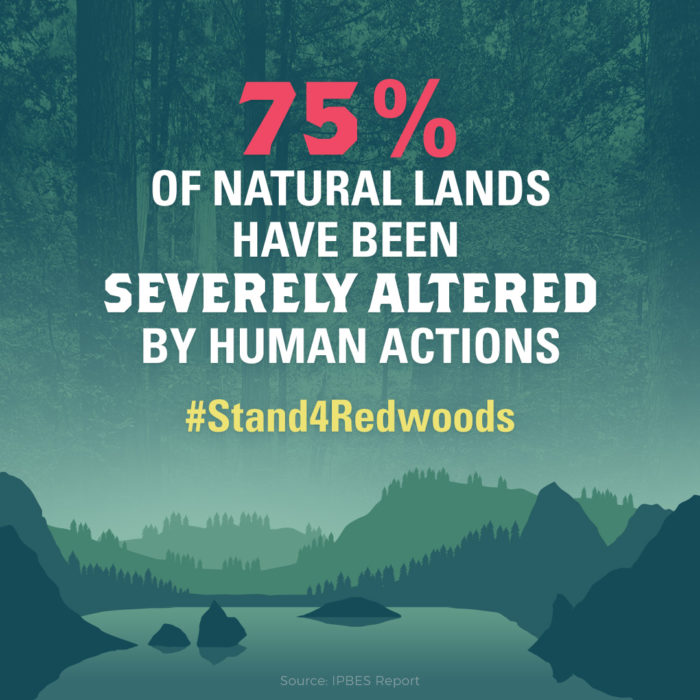
The UN Report by the Numbers:
- There are an estimated 8 million plant and animal species on Earth, including 5.5 million insect species.
- 1 million animal and plant species are now threatened with extinction, many within decades, more than ever before in human history. Human actions threaten more species with global extinction now than ever before. Without action, there will be a further acceleration in the global rate of species extinction, which is already at least tens to hundreds of times higher than it has averaged over the past 10 million years.
- 47% of land-based flightless mammals and 23% of threatened birds may already have been negatively affected by climate change.
- The five direct drivers of change in nature with the largest relative global impacts: (1) changes in land and sea use; (2) direct exploitation of organisms; (3) climate change; (4) pollution, and (5) invasive alien species.
- 75% of the world’s terrestrial environment has been severely altered by human actions to date (marine environments 66%). Humanity is a dominant global influence on life on Earth and has caused natural terrestrial, freshwater, and marine ecosystems to decline.
- As League scientists stated in our State of Redwoods Conservation Report, 95% of the ancient coast redwood forest was logged as were 33% of the ancient giant sequoia.
Only 68% of the global forest area exists today compared with the estimated pre-industrial level.
- In the coast redwood range, 27% of the historic range was harvested and then converted for cities, agricultural land, and other uses, which means over a quarter of the range will not grow back. Of the 1.6 million acres of redwood forest that remains, 91% was harvested in the last few decades, much of it still in commercial management. (State of Redwoods Conservation Report)
- Since 1980, greenhouse gas emissions, such as carbon dioxide, have doubled, raising average global temperatures by at least 0.7°C. Of the estimated 8 million plant and animal species, 5% are at risk of extinction from 2°C warming alone, rising to 16% at 4.3°C warming. Even for global warming of 1.5°C to 2°C, the majority of terrestrial species ranges are projected to shrink profoundly.
- Trees and forests play a critical role in combating climate change by removing carbon from the atmosphere and storing it in their wood. Ancient coast redwood and giant sequoia forests store more carbon per acre than any other forest in the world. Older redwood forests grow fast, adding more biomass than younger trees, and the decay-resistance of redwood means the carbon will be sequestered for a long time. (State of Redwoods Conservation Report)
- After more than a century, younger redwood forests recovering from 19th-century logging have accumulated more biomass than nearly any forest ever measured. (Discovering the Climate Change Resilience of Coast Redwood Forests)
There’s Hope in our Redwood Forests
Healthy forests provide critical habitat, clean our air, store carbon, and clean and conserve the world’s water. Stopping deforestation and restoring the forests we’ve lost, is a critical step.
The League’s Redwoods and Climate Change Initiative has led to incredible discoveries in California’s old-growth coast redwood and giant sequoia forests over the last decade. We have learned that, because of ancient redwoods’ extraordinary growth rate and lifespan, immense size, and singular resistance to decay, they store more carbon per acre than any other forest type in the world. The iconic California redwood forests, which rely on our conservation actions, are the best in the world at storing carbon — by a long shot. As such, the redwoods are a tremendous resource in mitigating climate change, and their protection and restoration can help our ecosystems be more resilient in the face of a changing climate.
And it’s not just the older trees that do the hard work of building biomass and storing carbon. The League’s research has revealed that the oldest of the second-growth redwood forests are not too far behind their ancient parents in sequestering carbon. We are starting work to accelerate their recovery, renewing our investment in their restoration, and letting the young redwood forest that still dominates the northern California coast, grow old again.
Together, we can set in motion the restoration of the world’s superlative forests, and regenerate the redwood ecosystem that will sustain and inspire future generations. And in so doing, we have an extraordinary opportunity to leave the world better than we found it. Read more in our Climate Change Edition of Redwoods magazine.
You Can Help Protect the Forests that Sustain Us
We are nurturing a close community of people with a common stake in protecting our shared natural resources. Your continued support is critical to our work. Become a guardian of the redwood forest by joining or renewing your membership today.
Learn more about how we’re restoring the redwood forests to improve ecological resilience and fight climate change.
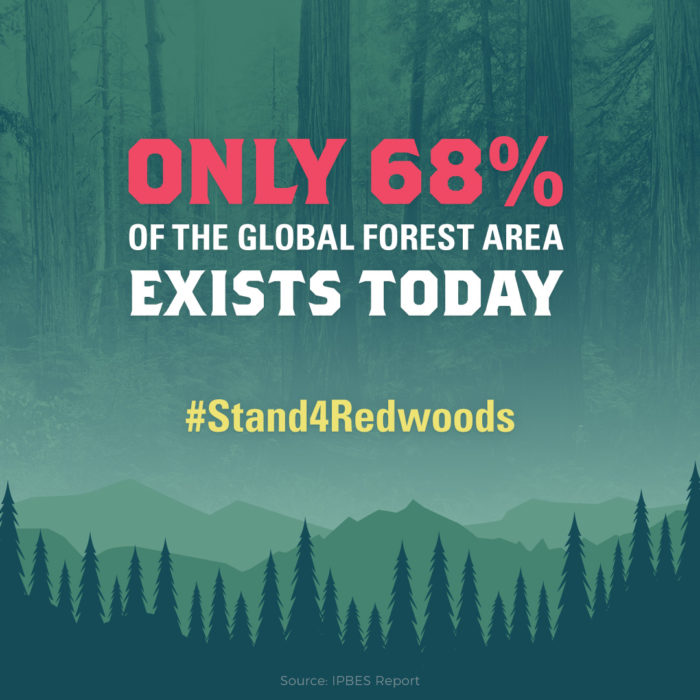

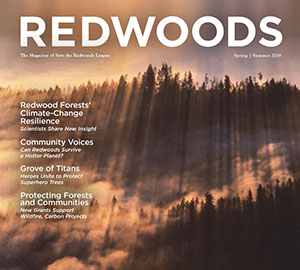
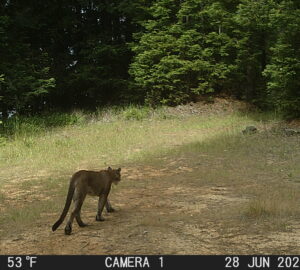

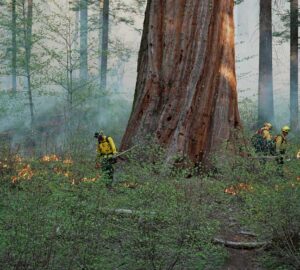

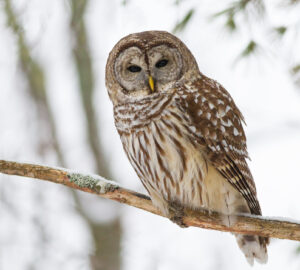
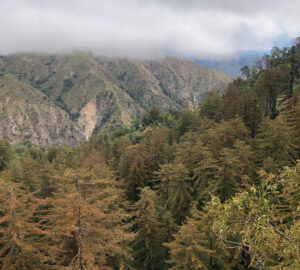
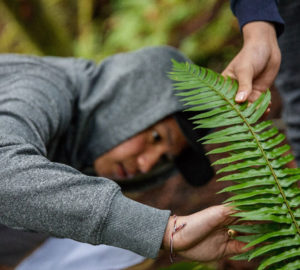

4 Responses to “What Does the UN’s Report on Massive Species Extinction Rates Mean for the Redwoods?”
Shirley Drake Byers
Thank you for the article. Visiting the Redwood Forest was THE experience of a lifelong goal. They are awesome and awesomely valuable to our planet!!!
Save the Redwoods League
Thank you Shirley for the comment!
Marlen Maier
The Redwoods are great and beautiful and we are so glad you are building new great forests of them! Great work!
Save the Redwoods League
Thank you Marlen for your kind words and your support!